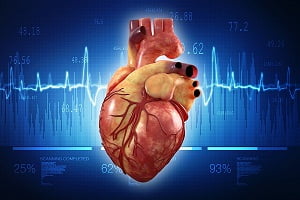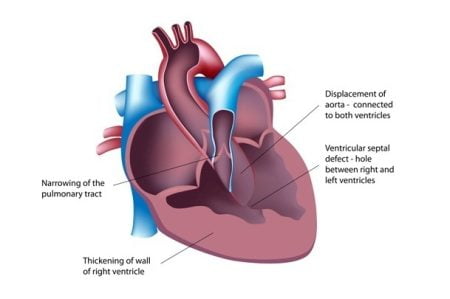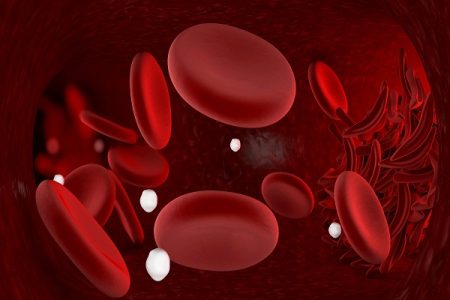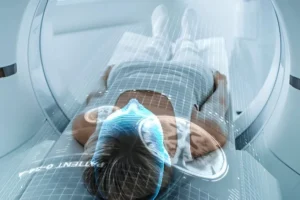Deep Vein Thrombosis Leg Pain (Blood Clot in Leg)
- Updated on: Jun 10, 2024
- 2 min Read
- Published on Apr 19, 2021
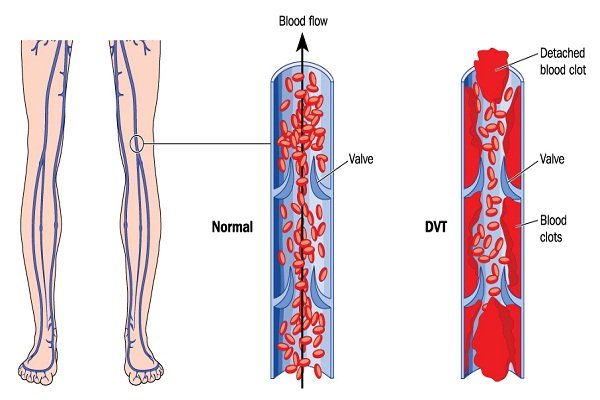

Leg pain due to blood clot
The definition of deep venous thrombosis (DVT) is a condition in which blood clot forms in one of the major deep veins such as in regions of the legs, thighs, pelvis, or arm.
Leg pain is a common symptom of DVT due to clot formation. The blockage can cause acute pain, swelling, or warmth in the leg that is affected by DVT. It is important to be aware of the risk factors for a blood clot so that you can know if the leg pain is a minor problem such as a cramp or something more serious.
How do you know if it’s Deep Vein Thrombosis (DVT in leg)?
If you feel a pain in the leg, in most cases it will be a cramp or a muscle pain. But sometimes, it can be a more serious condition such as deep vein thrombosis (DVT). DVT is not a very common condition. It affects about 300,000 to 600,000 people in the United States. But it can be dangerous and can cause serious complications.
DVT occurs when a blood clot forms in a vein deep in the body, particularly in the lower leg or the thigh or arm. The clot can break off and travel through the bloodstream to an artery in the lungs if not removed on time. This can cause blocking of the blood flow leading to even death in some cases. Read about the causes of DVT and Venous Thromboembolism (VTE).
Other than pain in leg, following symptoms may appear if it’s a DVT in the leg:
- Chronic swelling in the leg, which can cause chronic pain. It is the most common symptoms of formation of blood clots
- Warmth to the touch in leg
- Only one leg is affected
- Redness in the leg
- Worsening leg pain when bending the foot
- Leg cramps particularly at night and/or in the calf
- Discoloration of skin
- Blood clots in the veins can cause inflammation and irritation called thrombophlebitis
- In some cases, severe complications of thrombosis in leg can occur due to deep vein thrombosis in the leg when a blood clot breaks loose (or embolizes) and travels through the bloodstream. This can cause blockage of blood vessels (pulmonary arteries) in the lung. This is called pulmonary embolism (PE). Read about pulmonary embolism (PE).
- Pulmonary embolism can cause difficulty in breathing
The swelling of DVT in leg usually does not subside when the leg is raised even for a long time such as several hours. DVT usually causes pain in the back of the calf.
You should check if you have any risk factor for DVT and discuss it with your doctor if you have a persistent pain in your leg.
Your doctor will perform a physical examination of the leg to identify the reason for pain and inflammation. He or she will also check for noticeable symptoms of blood clots such as knots that can sometimes be felt by touch in a physical exam. He or she can ask you for ultrasound and other tests to visualize the area through pictures of the veins and arteries.





